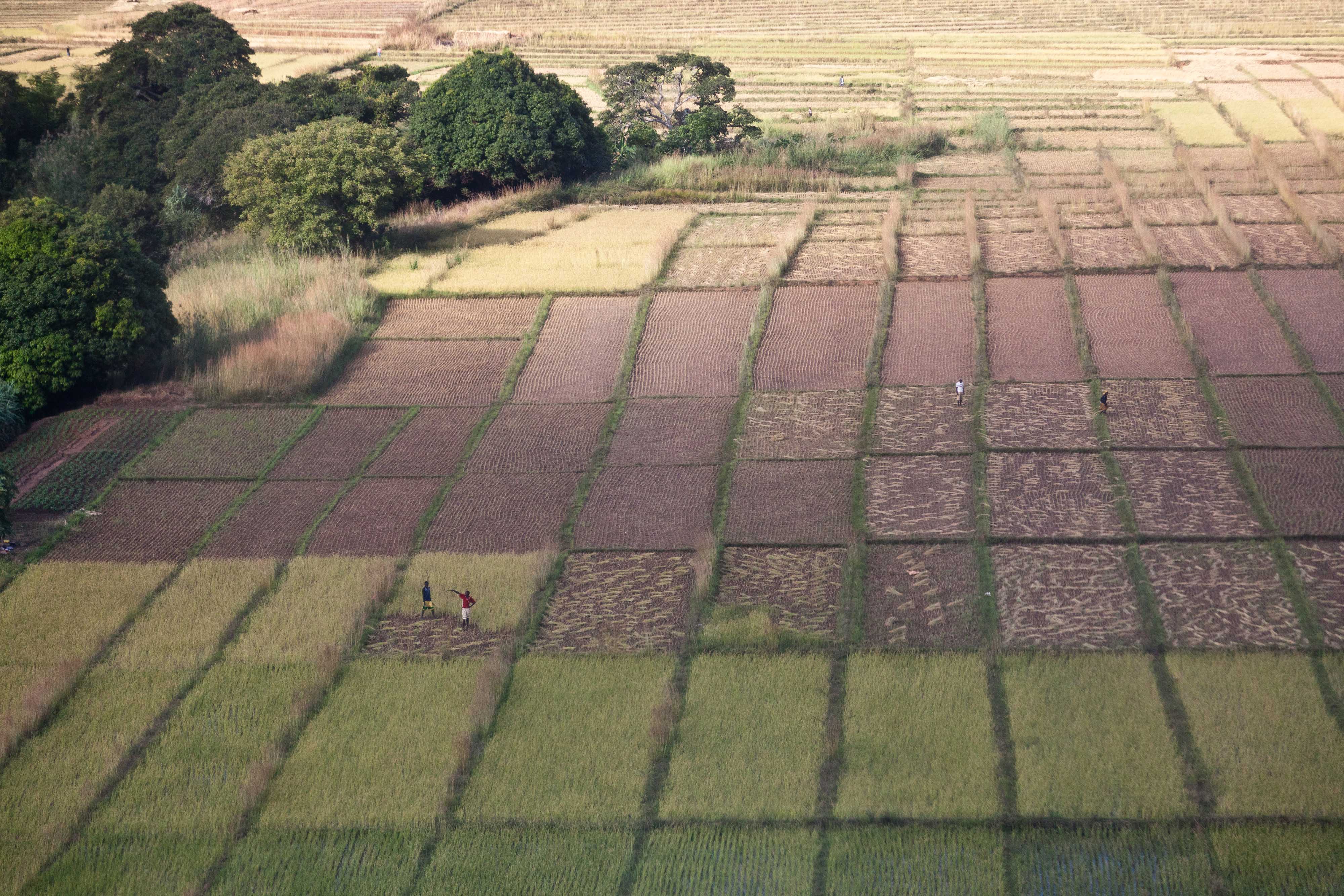Madagascar
In partnership with Le Réseau des Observatoires Ruraux (ROR), l'Institut International des Sciences Sociales (IISS), French Agricultural Research Centre for International Development (Cirad), le Réseau Syndicat des Organisations Agricoles (Réseau SOA), Fifata
Expanding the WAW pilot programme
Madagascar, one of WAW’s pilot countries, is eager to develop an observatory of family farm types with a specific focus on large-scale commercial holdings, which are limited in number. It is motivated by the current lack of an information system capable of documenting the different types of farm at national and regional level. WAW’s approach and conceptual framework fill this vacuum. In Madagascar, the WAW programme is already part of the Country Programming Framework (CPF).
WAW has conducted comprehensive typology work at the national and regional levels for Madagascar, which has been added to the methodological framework. WAW’s ongoing work in Madagascar is a prime example of how census data can be used to create a picture of a country’s farming environment. The Madagascan approach combines statistical analysis and expert input on two main elements: the source of farm labour and the integration of farming operations into the agricultural market. However, census data are currently out of date (2004) and farmers’ organizations require an up-to-date information system adapted to their needs.

Some 99% of Madagascar’s farms are family holdings
There are a number of shared farm characteristics at national level. Ninety-nine percent of Madagascar’s agricultural holdings are family farms and nearly all of them cultivate a mix of crops and livestock. There are very few specialized farms. Crops are diversified in all regions, as rice cultivation is always supplemented by other crops and several types of livestock, even though rice growing is the most widespread activity.
Large farms, defined as those with an area per active worker of 1.2‒2.6 ha, account for only 6 percent of Madagascar’s farms. The other 94 percent have an area per active worker of 0.12‒0.86 ha. Large farms have access to greater areas of irrigated land for rice cultivation and have more draught animals (some are even mechanized) and equipment. They are also able to hire external labour, increasing their productive capacity. Typology of this kind can help to target investment and policies at those assets and areas requiring most support.
Regional analysis using ROR methodology
Two regions were selected for the Madagascan analysis: (1) the Menabe region, because it is a beneficiary of the IFAD AD2M Integrated Development Project, which has financed a rural observatories network (Le Réseau des Observatoires Ruraux, ROR) observatory, and (2) the Lake Alaotra region, because it is one of the largest rice granaries in Madagascar. The ROR methodology is based on a comprehensive questionnaire. WAW had the results of the questionnaire analysed by its team of expert field agents. Two focus groups were then formed to produce a typology.
The exercise demonstrated the ease with which producers adopted the typology, merging it into their perceived structure of the agricultural society in which they live, and validating the choice of methodology. A commonly accepted typology is a useful tool for those advising producers and identifying necessary actions, as well as for monitoring and evaluation. At the regional level, typology makes it possible to define in simple terms the development needed for various farm types. Action can then be taken to strengthen the productive capacity of farms based on their specific characteristics and target investment at the weakest areas.
The Lake Alaotra region
The figure shows the diverse sources of income on the various farm types identified in the Lake Alaotra region. All types of farm have a mix of agricultural and non-agricultural activities.
Smaller farms, which are much more numerous, have a more balanced and diversified income mix. Only large farms are a little more specialized, with rice income accounting for more than 60 percent of total average income.
In the Lake Alaotra region, large farms specializing in rice cultivation are quite distinct from other categories. They are in the minority, but because of land concentration, they have a mean area of 11 ha (of which 8 ha are irrigated), thus a large cultivated area compared with other categories. This chasm is due to the physical environment, which is conducive to rice cultivation, and public policy, which has promoted the crop above others.
The majority of farms in the Lake Alaotra region are characterized by low levels of income, earning MGA 1 000‒8 000 less per year than the large, specialized farms. Agricultural and non-agricultural diversification is the dominant regional farming strategy. A lack of available capital keeps revenue very low for the majority of farms, so diversification tends to be the best option for the poorest families. This typology allows stakeholders to adapt interventions to farm type and to support diversification strategies.





